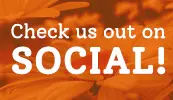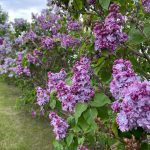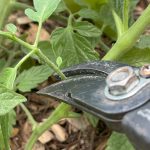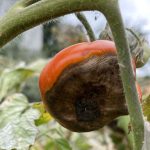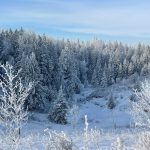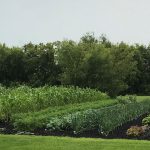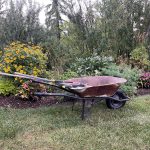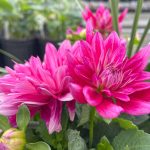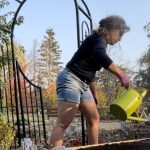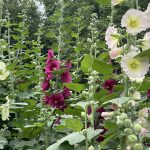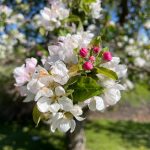Most people look at Fall as the last gardening season of the year, but I think of Fall as the first, because really, everything you do to the garden in the Fall impacts the following Spring garden.
A lot of garden holes are dug in the Fall.
They may be for planting fall bulbs, moving old perennials, or planting new perennials, trees, or shrubs.
Why a Great Planting Hole Matters
The planting environment and soil quality has a profound impact on how well a plant will grow.
No matter how healthy a plant is when it starts its new life, if it doesn’t have good soil to grow in, it will not flourish, so let’s explore how to prepare an amazing spot to grow a plant.
8 Tips on How to Prepare a Great Foundation for Planting
Knowing how to craft a great planting hole that will provide nutrients and water for newly planted roots is a great skill to have in your back pocket – and it’s useful for spring and summer, too.
Tip 1: Figure out the Approximate Dimensions Required to Accommodate the Plant Roots

I like to dig a hole that is twice the diameter and 10-15 cm (4-6″) deeper than the original pot or the plant root ball to allow space to place soft, malleable soil for the plant to expand its roots.
Remember that plants extend their roots laterally in the top 7-10 cm (3-4″) of soil as well as downwards.
Tip 2: Clear the Area of Weeds Before Digging
Weeds have a way of aggressively competing with other plants for nutrients and water, so eliminating weeds will give the newly transplanted plant an advantage.
Tip 3: Move Mulch to the Side of the Planting Area
If there is any mulch in the digging zone, remove it from the top of the soil to make visualizing the soil easier.
Tip 4: Map out the Hole on the Ground

Mark where you’d like the borders of the planting hole. This ensures that you have enough space for the project.
Tip 5: Cut the Hole Perimeter with a Spade
Dig along the marked periphery with a spade, making straight cuts to maximize the hole’s planting area.
Tip 6: Loosen the Soil at the Bottom of the Planting Hole

Roots grow best in malleable, soft soil high in organic composition. Organic matter offers nutrients releases them as needed by the plant. Additionally, organic matter holds water and drains well.
Tip 7: Consider Supplementing the Planting Soil
I like to supplement the soil at the bottom of the hole to facilitate the best start possible.
My favourite soil additives are:
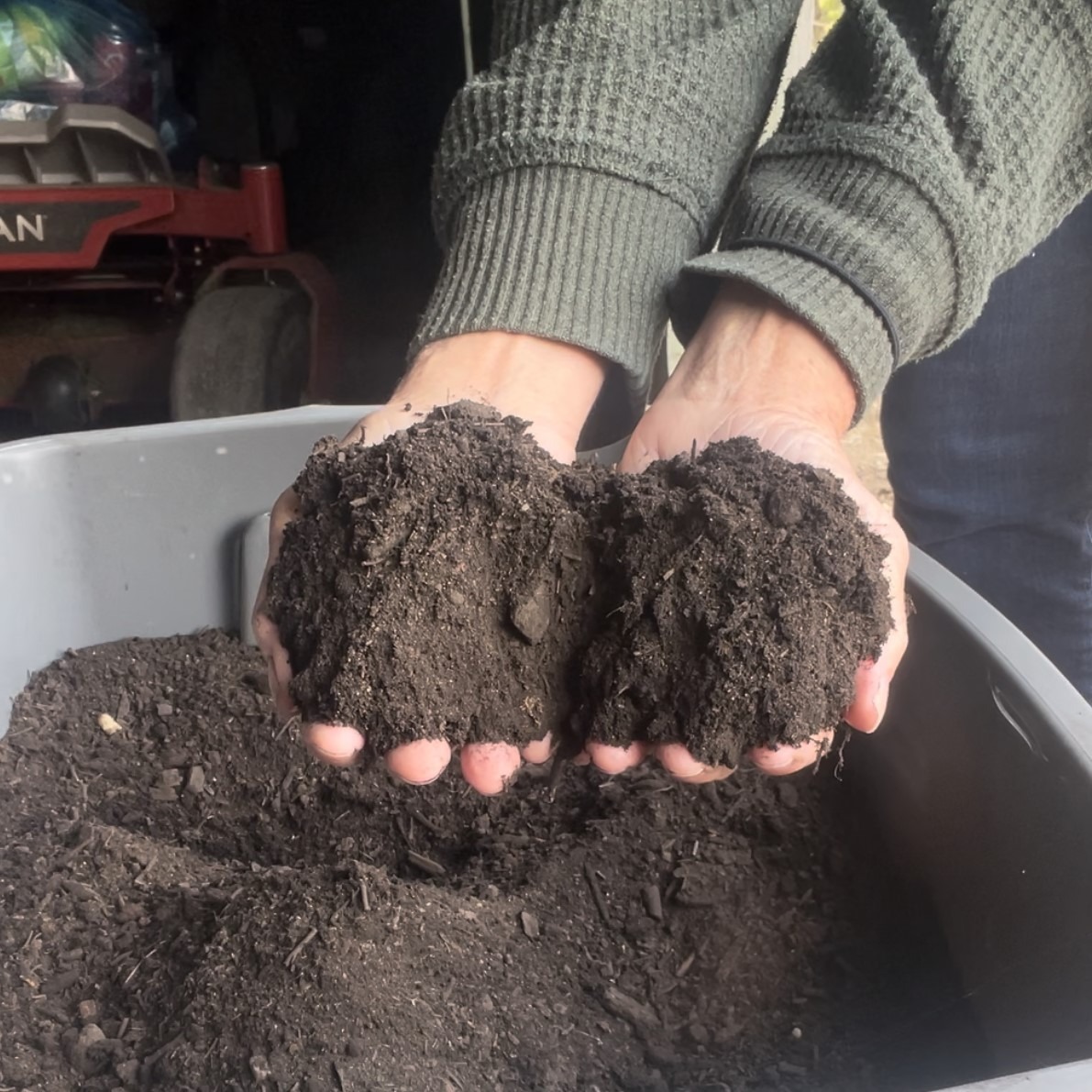
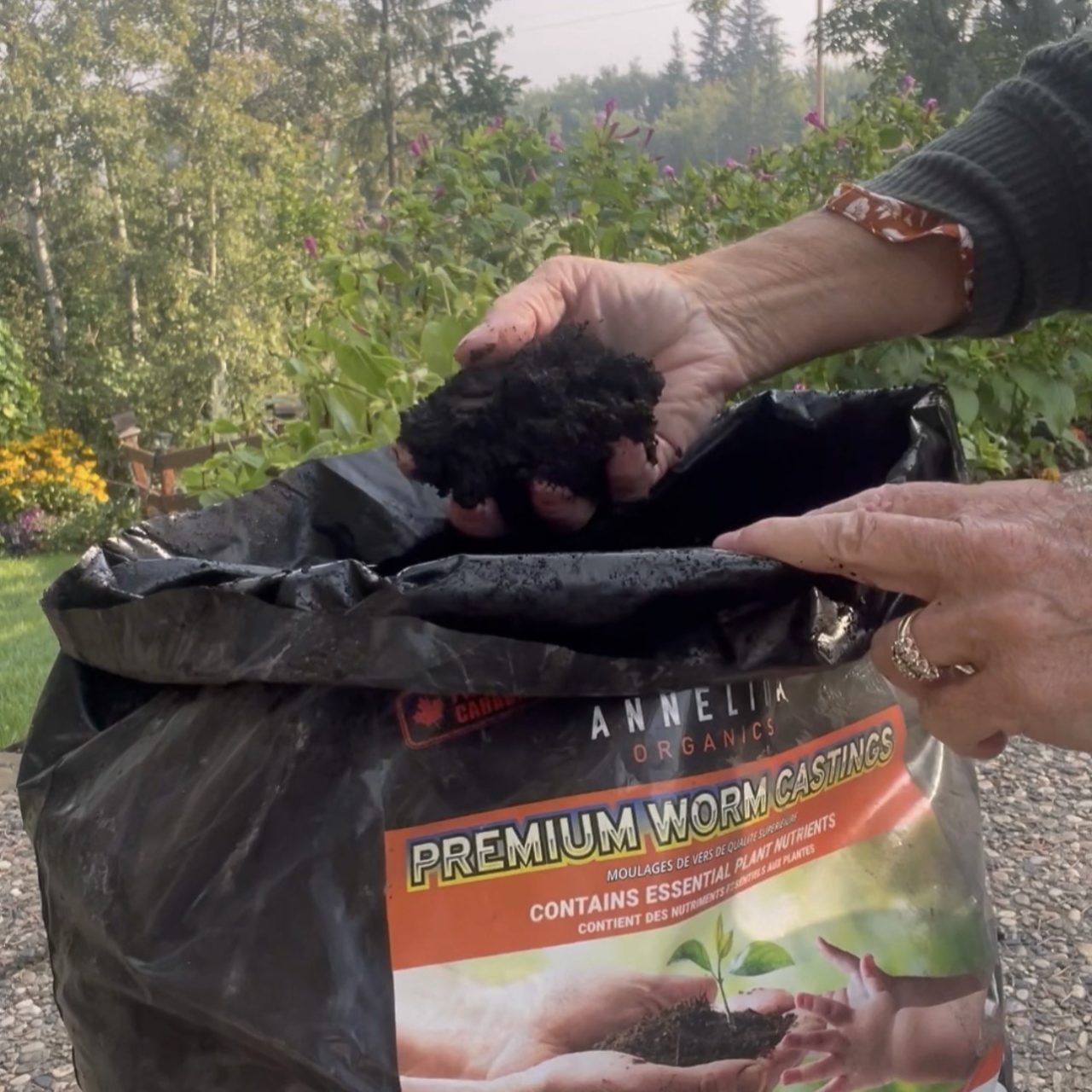
Organic Compost – The source of the compost really doesn’t matter, but what is important is that it is broken down and organic, especially if it is being used for food production. Compost adds nutrients and contributes to the soil’s ability to hold water and nutrients.
Worm Castings – Worm castings add nutrients and also adds water and nutrient holding capacity.
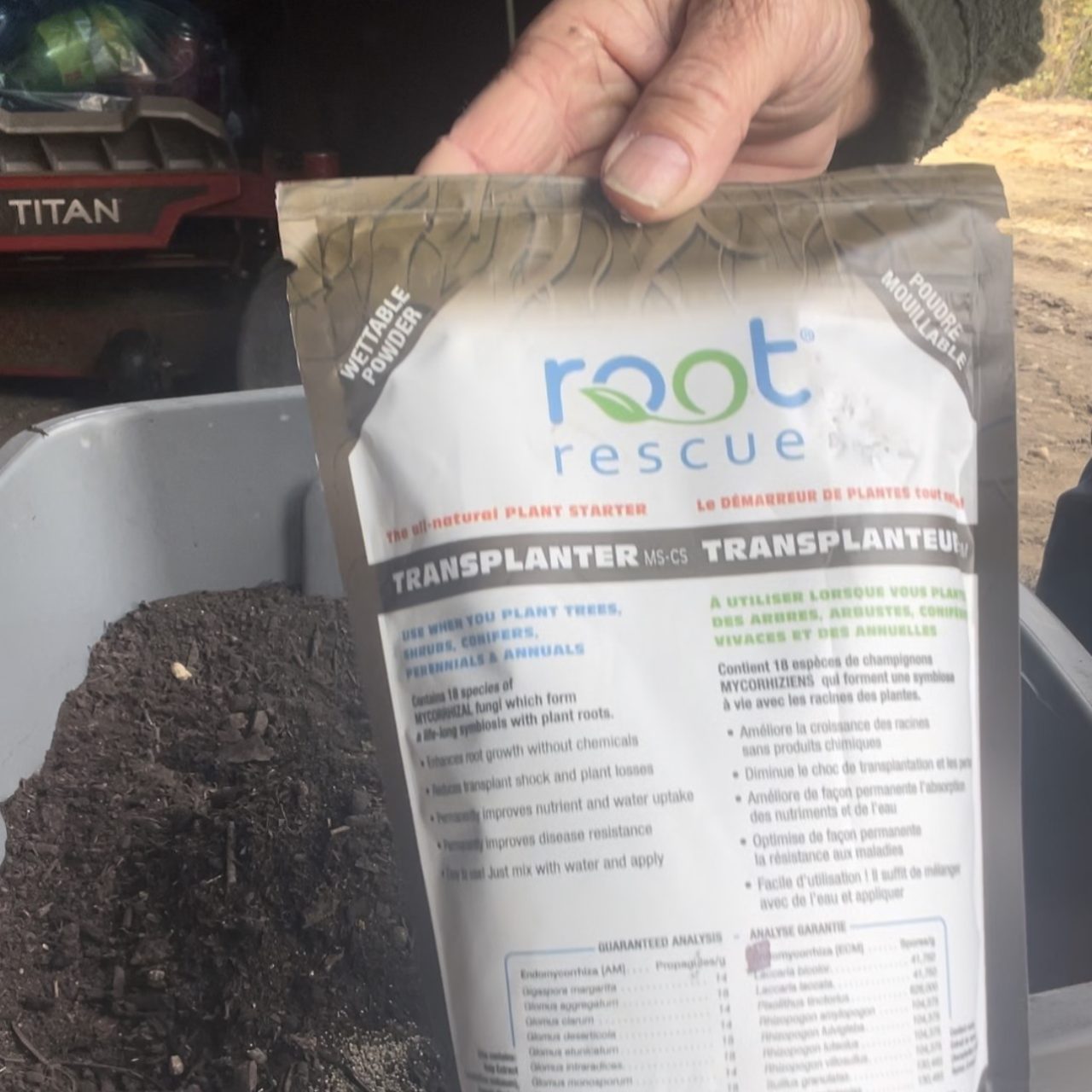

A Mycorrhizal Supplement – Mycorrhizae is a group of fungi that are particularly beneficial to roots. They help with transplant shock, improve nutrient and water uptake, as well as fortify roots against disease.
Bone Meal – Bone meal provides additional phosphorous which boosts root growth.
Tip 8: Be Careful When Mixing Soil Supplements
The soil additives listed above can be used alone or may be mixed, however do not mix a Mycorrhizal supplements with Bone meal because the phosphorous contained in the Bone meal will render the mycorrhizae ineffective.
Dig Deep!
As we head into fall, I hope this quick blog will help you dig the best planting habitat for the new plants that will join your garden any time of year!
Related:
How to Grow Ornamental Alliums from Fall Bulbs
How to Prepare Perrenials for Winter
How to Prepare Your Garden for Winter
How to Grow Great Garlic in Alberta
©Sharon Wallish Murphy ©Gardening with Sharon




